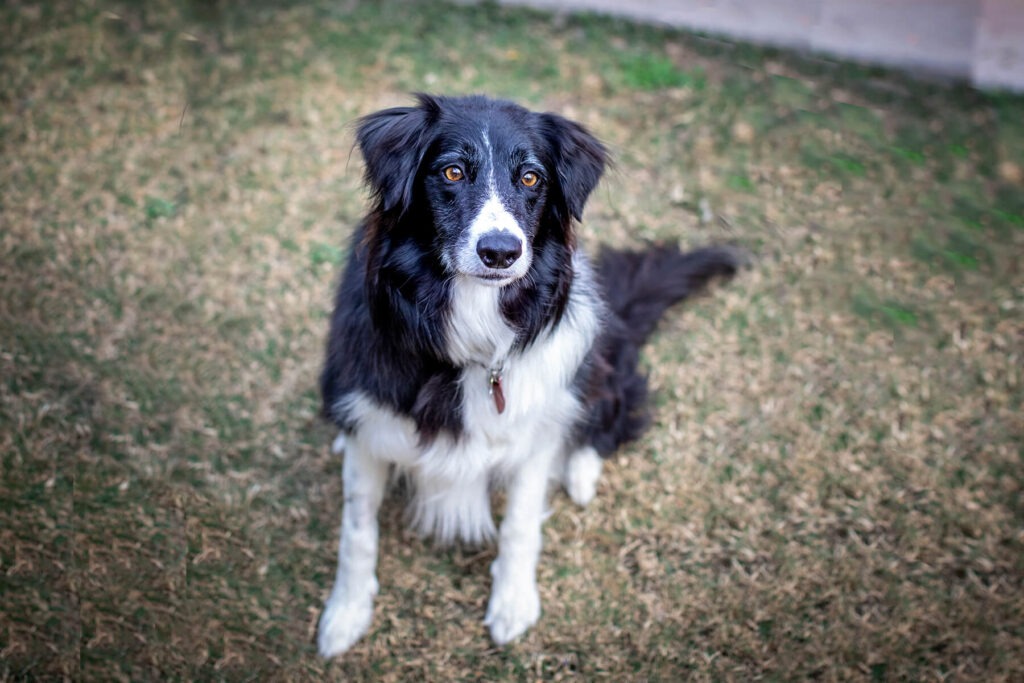When you implement healthier habits in your own life, you may want to take your beloved canine companion along for the ride. Your veterinarian will applaud your efforts to introduce healthier habits into your dog’s life. Follow these tips for an effective, easier transition for your pet.
Bring Your Dog in for a Checkup
Before you make any major changes to your dog’s diet or activity levels, bring them to your veterinarian for a basic checkup. Getting a clean bill of health from the veterinarian can help you move forward with the healthy changes you want to make without any worries.
You may want to make a list of any questions you have about the habits you want to implement before you go to the appointment. Then, when you bring your dog in, ask your veterinarian the questions and get the answers you need. You may also want to ask general questions about any quirks or unusual behaviors your dog has recently engaged in.
Slowly Phase Out Unhealthy Treats
Every dog deserves to feel special. Treats are one way that you can show your affection for your dog and let them know that they did a good job on something. However, not all dog treats are the best for their health. Talk to your vet about which treats are healthiest for your pet, and slowly phase out the unhealthier ones.
For example, if you currently give your dog a type of biscuit that they shouldn’t be eating, buy a pack of healthier treats or dog friendly veggies instead. Examples of healthier alternatives could be carrots, green beans, peas, or lower calorie treats. You may start to phase out the unhealthy treats by alternating which treats you give your dog. Depending on how picky your dog is, they may reject the new treat at first. Most likely they will eventually give in and start to enjoy the new treat.
Focus on the Fun When Increasing Daily Activity
Like people, dogs need regular exercise to stay healthy. If your dog has become a couch potato, it’s never too late to help your pet get more active. Depending on the weight and physical condition of your dog, you may need to take things slowly at first. Always stop activity and give your pet a break if they are becoming too winded or reluctant to continue the activity. No matter what activity you do, bring along plenty of water for you and your dog.
Switch up the kinds of activities you do each day with your dog. You may take your dog to a dog park one day, then simply walk around your neighborhood the next day. If you live near a dog-friendly trail or a beach that welcomes pets, try taking your dog there if they are comfortable in that kind of environment. They’ll see it as a grand adventure and may be energized to explore the new environment.
Keep a Simple Journal for Your Dog
Buy a blank journal and use it to track information about your dog. The journal could be as simple as a composition notebook or as elaborate as a dog-themed decorative journal. It should be something that you can use to keep track of the changes that you make. You may observe how your dog reacts to the different health changes you try to implement.
Dedicate the first few pages to basic, important information about your dog. For example, the first page may state their full name, any nicknames you have for your dog, their birth date or adoption date, and information about their veterinarian. If your dog has any allergies or health conditions, write those at the front of the book as well.
This journal can also be very helpful if you plan to go out of town and hire a dog sitter while you’re gone. The dog sitter can easily look at the first couple of pages to see important information about your dog that they may need. Also, you can include all the information that the dog sitter will need to know about keeping your dog on the healthy schedule you have implemented.
Be Flexible and Stay Open to Change
When you try to implement healthier habits, you may go through a lot of trial and error before you settle on an ideal routine for your pet. For example, when you switch to a healthier pet food, you may find that the new brand doesn’t agree with your dog’s stomach for some reason. However, that doesn’t mean you should give up and go back to the old type of food. Talk to your veterinarian and get suggestions for another diet dog food to try.
Always slowly transition your pet to a new diet. Do this by gradually adding in the new food while taking out the old food, with the intention of eventually switching completely to the new kind of food. It’s best to do this over about one week to prevent any stomach upset. If your pet is reluctant to eat the new diet, don’t give up. They should eventually eat the new diet. But, if your pet goes more than a 24-48 hours without eating always call your veterinarian.
Finally, try not to expect too much from you or your pet. Healthy choices will eventually become healthy habits over time.
Contact 1st Pet Veterinary Centers to make an appointment with one of our caring veterinarians today. We are happy to partner with you in supporting your dog’s health and happiness.

